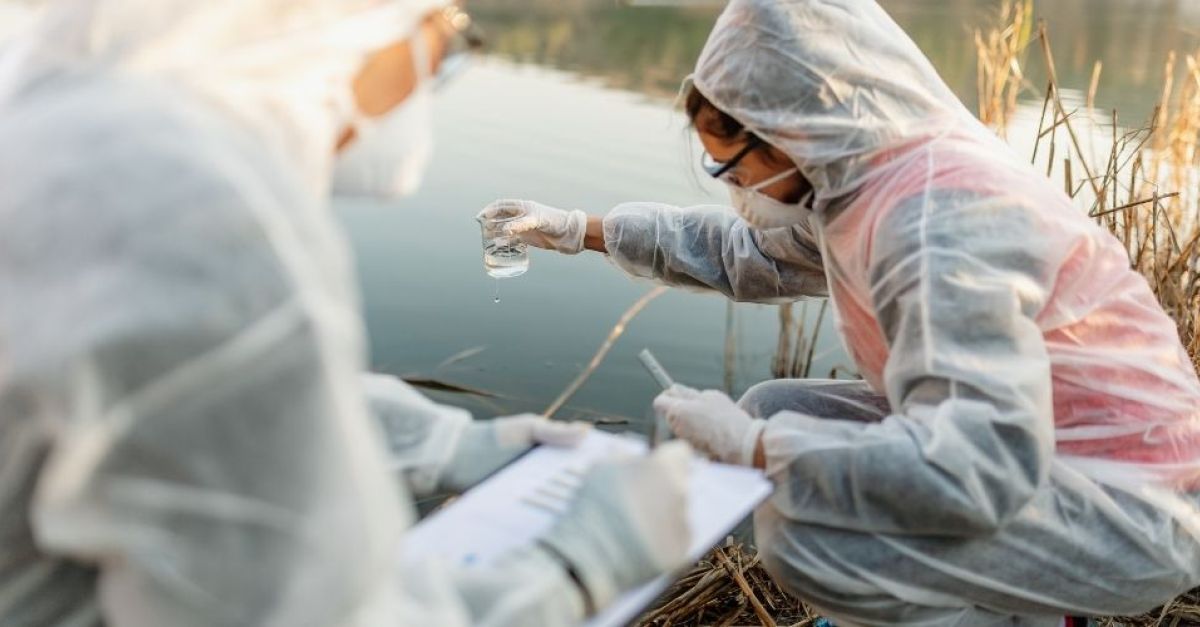
New study quantifies TFA concentrations in drinking water and mineral water samples
New study quantifies TFA concentrations in drinking water and mineral water samples
TFA emissions must be ended now to avoid risks to human health in the future
PAN Europe and Global 2000’s study (10.07.24) entitled ‘TFA - The Forever Chemical in the Water We Drink’ calls for the urgent ban of PFAS pesticides and fluorinated gases, two of the major sources of this ultrashort-chain fluorinated chemical. TFA was found in almost all of the 36 drinking water and most of the 17 mineral water samples tested.
So far, neither the World Health Organisation (WHO) nor the European Union or Member States have seen the need to establish a limit value for TFA in drinking water, hence few tests for this chemical have been carried out. Several TFA (re-)assessments have recently been launched at EU level that are likely to lead to a health-derived limit value for TFAs in drinking water.
Oliver Loebel, EurEau Secretary General stated: “This study highlights once more the urgent need for a prompt and far-reaching phase out of all fluorinated chemicals that can degrade to TFA, including in pesticides and biocides. If the TFA re-assessments conclude that the quality of our drinking water is at risk, we will take all necessary measures to protect the health of our citizens. But we must be clear, this problem cannot be solved at ‘the end of pipe’. TFA removal is technically very challenging, resource-intensive and costly. Policy makers must ensure that polluters and not water consumers shoulder the bill of any unavoidable extra-treatment.”
TFA is a very mobile and very persistent fluorinated chemical which is ubiquitous in our environment. The substance is used in the chemical industry, but it is also the
final metabolite of many PFAS.
Most of the PFAS intake for people occurs through food, while water (including drinking water) represents a secondary source. While the PAN Europe/Global 2000 study concludes that the average concentrations of TFA in both drinking water and mineral water “appear to be still within what are considered safety limits [sic]”, the continued release of that substance will undoubtedly accumulate in the environment over time (1). Particularly worrying is the fact that our rain water - which is essential to replenishing our water resources – may contain hundreds of nanograms of TFA (2) due to the emission and atmospheric degradation of some fluorinated gases (in particular HFOs). At the same time, significant contribution from agriculture through PFAS-containing pesticides increases pollution.
Our 38 member associations work every day to bring safe, reliable and healthy water services to the 500 million people living and working in Europe. We support all initiatives to achieve a truly water-resilient future to ensure healthy, secure and competitive societies. Protecting the quality of our water resources is a key element to realising these goals.
1
2
beruecksichtigung-neuer-halogenierter-ersatzstoffe-mit-kleinem-treibhauspotenzial.
- Created on .